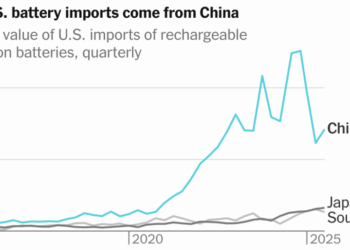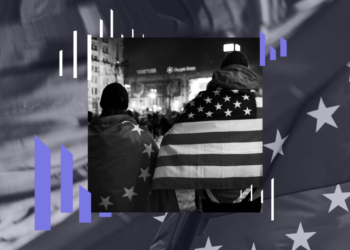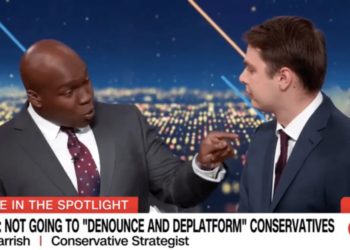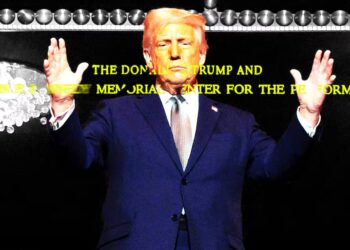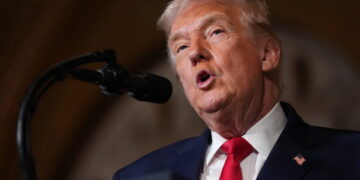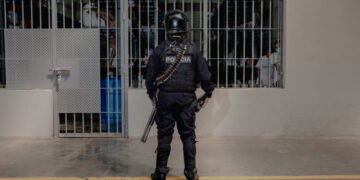The Pentagon and A.I. Giants Have a Weakness. Both Need China’s Batteries, Badly.
In Northern Virginia’s Data Center Alley, windowless buildings the size of aircraft hangars are powering America’s artificial intelligence industry, which...
Poll: America’s allies say the US creates more problems than it solves
Unreliable. Creating more problems than solving them. A negative force on the world stage. This is how large shares of...
New details emerge after deadly Mexican Navy plane crash off Texas coast
At least five people were killed, and one remains missing after a Mexican Navy aircraft crashed off the Gulf Coast...
Starlink in the crosshairs: How Russia could attack Elon Musk’s conquering of space
Two NATO-nation intelligence services suspect Russia is developing a new anti-satellite weapon to target Elon Musk’s Starlink constellation with destructive...
‘You don’t know me!’: Sparks fly as CNN panel confrontation turns personal
Sparks flew on CNN’s “NewNight” on Monday as a panel discussion about Vice President JD Vance and growing fractures within...
It’s undeniable US allowed child trafficking during Afghan withdrawal — now’s the time to make it right
It is an uncomfortable but undeniable fact that the United States government was complicit in child trafficking during Operation Allies...
The final 2 episodes of Taylor Swift’s ‘End of an Era’ are dropping early—When and how to watch
It’s the end of “The End of an Era.” The final two episodes of Taylor Swift’s documentary series chronicling the...
Opinion: How ‘60 Minutes’ Turned Into 30 Years of Déjà Vu
On learning of the last-minute decision by 60 Minutes to spike an exposé on the horrors of an El Salvador...
Trump Melts Down Over Epstein File Dump: ‘It’s Terrible’
President Donald Trump gave a long-winded rant when asked about the Justice Department’s release of some of the Epstein files....
Chargers clinch playoff berth thanks to 49ers’ Monday night win over the Colts
The Chargers got an early Christmas present Monday night courtesy of San Francisco, but they’re still hoping for more under...
